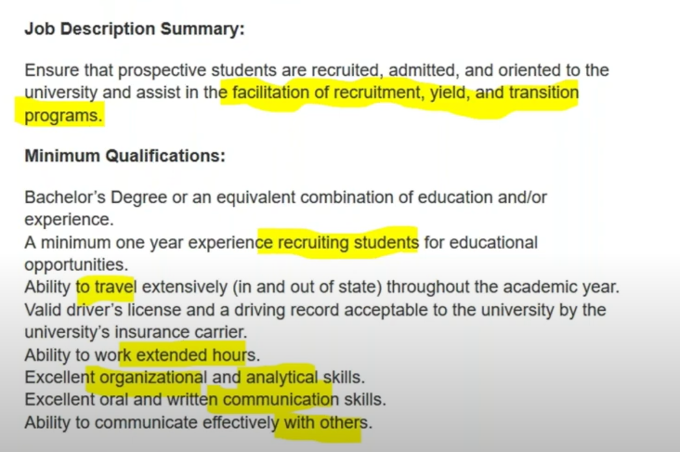Do you know the difference between your resume and your LinkedIn Profile (and why both matter)? Interested in learning how to leverage LinkedIn for networking and finding opportunities in higher education?
A sluggish job market is a good time to get your LinkedIn Profile in order and to explore ways to make professional connections online.
During this webinar, you’ll get answers to the above questions, as well as 10 key steps to optimize your LinkedIn Profile. Then there will be a debrief by walking through selected LinkedIn profiles during the Live Coaching session.
This webinar is presented by Bryant Ramirez, Global Customer Experience Associate and ‘Rock Your Profile’ Ambassador, LinkedIn.
[Check out the Post-Webinar Q&A with our presenter!]
Captioning for the deaf and hard of hearing is provided by CaptionAccess for all HERC webinars. Email marketing@hercjobs.org for a transcript. Click here to access the webinar on Vimeo.
LinkedIn Rock Your Profile from HERC on Vimeo.
Download the presentation deck (abbreviated version).
Read the Post-Webinar Q&A with our presenter.
Download a LinkedIn Profile Overview and Tips one-pager.
About Our Presenter: Bryant Ramirez is an Associate on the Global Customer Experience team at LinkedIn and a LinkedIn ‘Rock Your Profile’ Ambassador. On the Global Customer Experience team, Bryant leads efforts in building customer intelligence capabilities and designing new service models to deliver more value to LinkedIn’s customers. As a ‘Rock Your Profile’ Ambassador, he works with diverse and underrepresented audiences to better leverage the power of LinkedIn’s platform and network. He is an alum of UCLA and the University of Texas at Austin, and in his spare time, he enjoys rock climbing, playing guitar, and traveling, having been to over 60 countries and 6 continents.





